 The first of these two free maths worksheets tries to get across the idea that multiplying a number by ten and then multiplying by ten again is the same as multiplying by 100. To multiply by 100 we simply move each digit of the number two places to the left. Continue reading “Free Y5 maths worksheets: Multiply and divide by 10 and 100”
The first of these two free maths worksheets tries to get across the idea that multiplying a number by ten and then multiplying by ten again is the same as multiplying by 100. To multiply by 100 we simply move each digit of the number two places to the left. Continue reading “Free Y5 maths worksheets: Multiply and divide by 10 and 100”
Free Y5 maths worksheets: Multiply and divide by 10 and 100
Free Y5 maths worksheets: Multiply and divide by 10 and 100
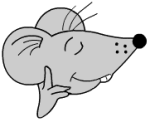 Multiplying and dividing by 10, 100 and 1000 are fundamental in our system of arithmetic. These concepts will eventually be used in work involving negative numbers, decimals and percentages so it is important to have a sound understanding of what is going on.
Multiplying and dividing by 10, 100 and 1000 are fundamental in our system of arithmetic. These concepts will eventually be used in work involving negative numbers, decimals and percentages so it is important to have a sound understanding of what is going on. Just a quick exercise in converting metric units from small to large and vice versa. This is not easy and as stated before a good understanding of both the metric system and place value is needed to be able to do this.
Just a quick exercise in converting metric units from small to large and vice versa. This is not easy and as stated before a good understanding of both the metric system and place value is needed to be able to do this.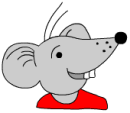 Children still need to develop their addition and subtraction skills in year 5. These two worksheets concentrate on adding a single digit to a number in the thousands; the answer being in the next thousands.
Children still need to develop their addition and subtraction skills in year 5. These two worksheets concentrate on adding a single digit to a number in the thousands; the answer being in the next thousands.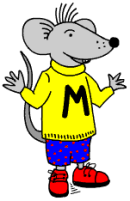 These are very similar to the year 4 sheets, using all four operations, but with larger numbers.
These are very similar to the year 4 sheets, using all four operations, but with larger numbers. Two very similar worksheets looking at the properties of 3-D shapes. Counting the number of faces, edges and vertices can be quite tricky and it is easier to do if there is a shape to look at and pick up.
Two very similar worksheets looking at the properties of 3-D shapes. Counting the number of faces, edges and vertices can be quite tricky and it is easier to do if there is a shape to look at and pick up.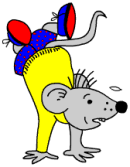 Two free revision worksheets, similar to the year 4 work on relating addition and subtraction, but with larger numbers. If children have not come across this type of exercise before then it is very valuable practice.
Two free revision worksheets, similar to the year 4 work on relating addition and subtraction, but with larger numbers. If children have not come across this type of exercise before then it is very valuable practice.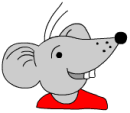 Some revision here of subtracting multiples of ten from 3-digit multiples of 10. By this stage children should feel quite confident of doing this and be able to explain clearly the methods that they are using. They should also be able to find all the pairs of whole tens to make totals (eg 140) in a logical and well ordered way so that no pairs are missed.
Some revision here of subtracting multiples of ten from 3-digit multiples of 10. By this stage children should feel quite confident of doing this and be able to explain clearly the methods that they are using. They should also be able to find all the pairs of whole tens to make totals (eg 140) in a logical and well ordered way so that no pairs are missed.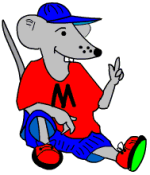 By year 5 children are expected to be able to read and write some seriously large numbers. A really good understanding of place value is needed to read large numbers successfully. The key to looking at a number and working out how to say it lies in separating the number up into a series of hundreds, tens and units.
By year 5 children are expected to be able to read and write some seriously large numbers. A really good understanding of place value is needed to read large numbers successfully. The key to looking at a number and working out how to say it lies in separating the number up into a series of hundreds, tens and units. Probability brings with it a whole new set of vocabulary and concepts. By the end of year 5 children should be familiar with the following terms:
Probability brings with it a whole new set of vocabulary and concepts. By the end of year 5 children should be familiar with the following terms: